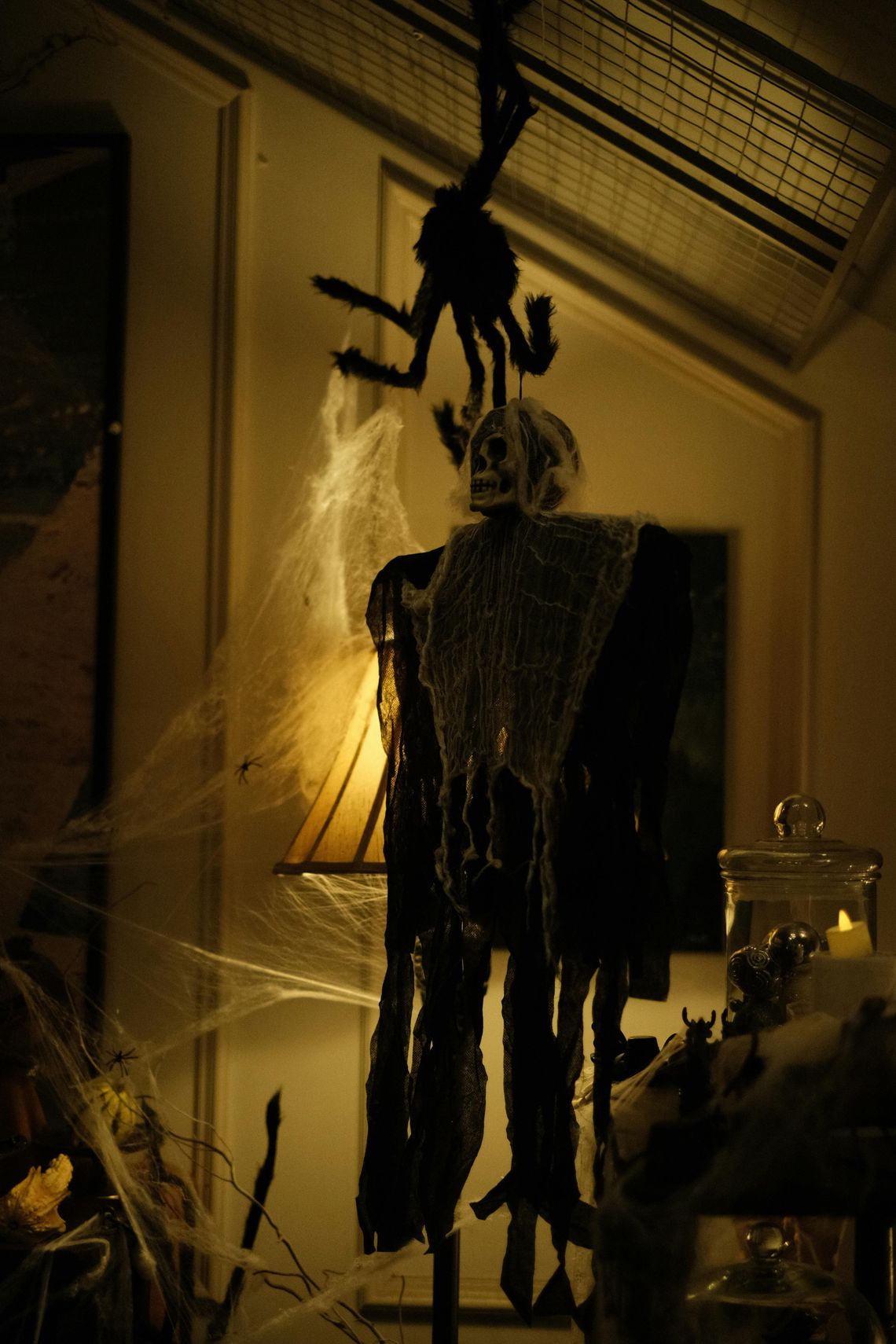BY COLTON BRADBERRY / Multimedia Journalist
Halloween, celebrated annually on Oct. 31, is one of the most anticipated holidays in North America, combining costumes, haunted houses and trick-or-treating in a mix of spooky fun. Yet, the origins of Halloween are far from the candy-filled night familiar to modern celebrants.
The traditions we associate with Halloween stem from ancient rituals honoring the changing seasons, blending practices from Celtic, Roman and Christian traditions into the contemporary celebration known today.
The earliest origins of Halloween trace back to Samhain, an ancient Celtic festival marking the end of the harvest season and the beginning of winter. Samhain, pronounced “SAH-win,” was celebrated on Oct. 31, a day when the Celts believed the barrier between the living and the dead was at its thinnest, allowing spirits to roam the earth.
According to Heidi Stonehill, executive editor for The Old Farmer’s Almanac, people would light bonfires and don costumes to ward off wandering spirits, using these practices as symbols of protection and ways to blend in with the supernatural.
“During Samhain, superstitious country folk would disguise themselves with animal skins and masks made from sailcloth or linen,” Stonehill said “In costume, they would go outdoors and make lots of noise in an effort to fool troublesome spirits into thinking that they were one of them or to scare them away.”
As the Roman Empire expanded its influence, it encountered and absorbed the lands of the Celts, intertwining local customs with Christian traditions. According to Joshua Mark, co-founder in the 7th century, All Saints Day was started by Pope Boniface IV to celebrate saints who didn’t have a designated day. All Saints Day was originally in March and is also commonly called All Hallows Day.
In the 8th century, Pope Gregory III moved the holiday to November, Making Oct. 31 All Hallows Eve. While the reason isn’t known, it is believed that it was moved to Christianize Samhain.
“The move follows an established Christian paradigm of ‘redeeming’ all things pagan in an effort to ease the conversion process of a given population,” Mark said
Halloween has many traditions that come from both pagan and Christian practices.
The jack-o’-lantern has roots in Irish folklore. According to legend, a man known as Stingy Jack tricked the Devil and, as punishment, was forced to roam the earth with only a carved turnip lantern to light his way.
The Irish would then carve their own turnips and put candles in them to ward off spirits. Then as the Irish started migrating to America they brought their traditions and it was soon tied to Halloween.
“Shortly after their arrival in the United States, the Irish traded the turnip for the pumpkin as their lantern of choice as it was much easier to carve,” Mark said
Trick-or-treating is another Halloween tradition with multiple theories of origins.
The practice may be traced back to Samhain when the Celts left food out to appease roaming spirits. Heather Thomas, a librarian for the Library of Congress, suggests that this custom was tied into “guising,” a Scottish practice where poor children would visit homes to pray in exchange for food.
“Over time, people began to dress as these unearthly beings in exchange for similar offerings of food and drink,” Thomas said. “Guisers dropped the prayers in favor of non-religious practices with the inclusion of songs, jokes and other tricks.”
Today’s Halloween has evolved into a family-friendly celebration focused on costumes, treats and community, yet its themes of transformation remain. Each Halloween tradition, from jack-o’-lanterns to trick-or-treating, reflects the holiday’s long history and the diverse influences that have shaped it.
.png)

Comment
Comments